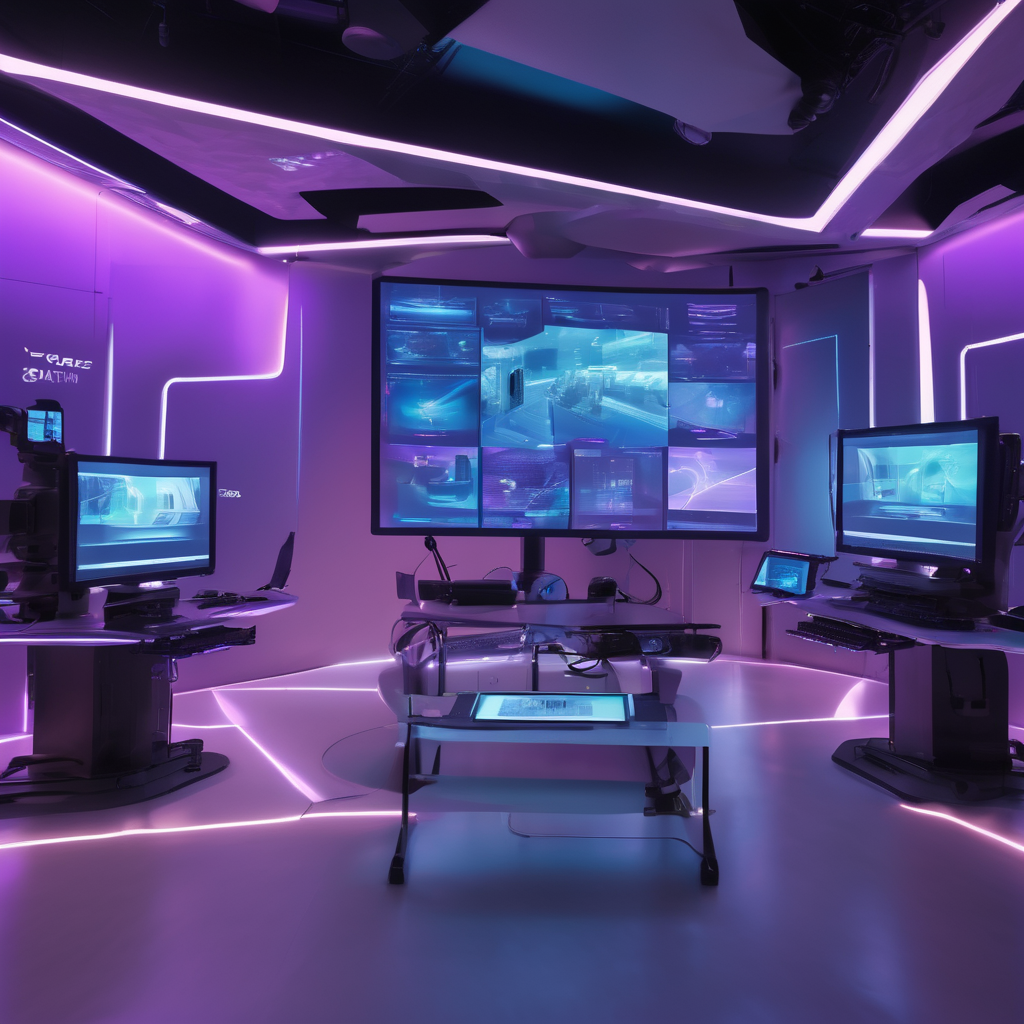
OpenAI has unveiled its latest breakthrough in artificial intelligence with the launch of Sora 2, an advanced AI video generation model that marks a substantial upgrade from its predecessor. This cutting-edge tool is engineered to offer users superior capabilities for crafting engaging and visually dynamic video content, pushing the limits of what AI can achieve in digital media production. A key highlight of Sora 2 is its greatly enhanced physics simulations. These improvements allow the model to produce video sequences where physical interactions and movements look more natural and realistic, thereby boosting the overall quality and authenticity of the generated content. Whether it involves the motion, collision, or interaction of objects within a scene, the improved physics engine ensures these elements closely mirror real-world behavior, which is essential for creating immersive video experiences. Beyond the refined physics, Sora 2 delivers faster rendering times compared to the original version. This speed boost significantly cuts down the time needed to generate high-quality videos, enhancing productivity and enabling creators to iterate on their projects more rapidly. This acceleration is especially advantageous for users generating multiple videos or operating under tight deadlines, as it streamlines the workflow without sacrificing the visual quality of the output. Among the most remarkable advancements in Sora 2 is its ability to recreate real human subjects and assimilate stylistic aspects from television and film. This capability means the model can produce video content that not only features lifelike human representations but also mimics specific artistic styles, lighting setups, and cinematographic techniques typical of various media genres. Such functionality broadens creative possibilities for those wishing to explore hybrid visual aesthetics or craft content that connects with audiences familiar with particular cultural or entertainment references. The introduction of Sora 2 has already ignited a surge in creative endeavors among users, who are producing videos ranging from highly artistic and narrative-driven pieces to experimental and unconventional works.
This wave of innovation underscores the model’s versatility and wide applicability across diverse content forms, including advertising, entertainment, education, and social media. The far-reaching implications of Sora 2’s features are significant. By democratizing access to advanced video creation tools, OpenAI empowers a broader community of creators to explore and expand the boundaries of digital storytelling. Additionally, this technology promises to transform industries reliant on video content by streamlining production processes and enabling personalized, high-quality visuals at scale. Nonetheless, the powerful ability to generate realistic portrayals of actual individuals and stylistic recreations brings important ethical concerns. Responsible use of this technology—respecting privacy and intellectual property rights—will be vital as Sora 2 gains wider adoption. OpenAI has expressed its commitment to tackling these issues by integrating safety measures and usage policies aimed at preventing misuse. In conclusion, OpenAI’s Sora 2 stands as a major milestone in AI-driven video generation. Its improved physics simulations, accelerated rendering performance, and advanced modeling of real people and stylistic nuances collectively establish a new standard in the field. As users continue to leverage the creative potential unlocked by this formidable tool, it is set to redefine the digital content creation landscape, offering unmatched opportunities for innovation and artistic expression.
OpenAI Launches Sora 2: Revolutionary AI Video Generation with Enhanced Physics and Realistic Human Modeling

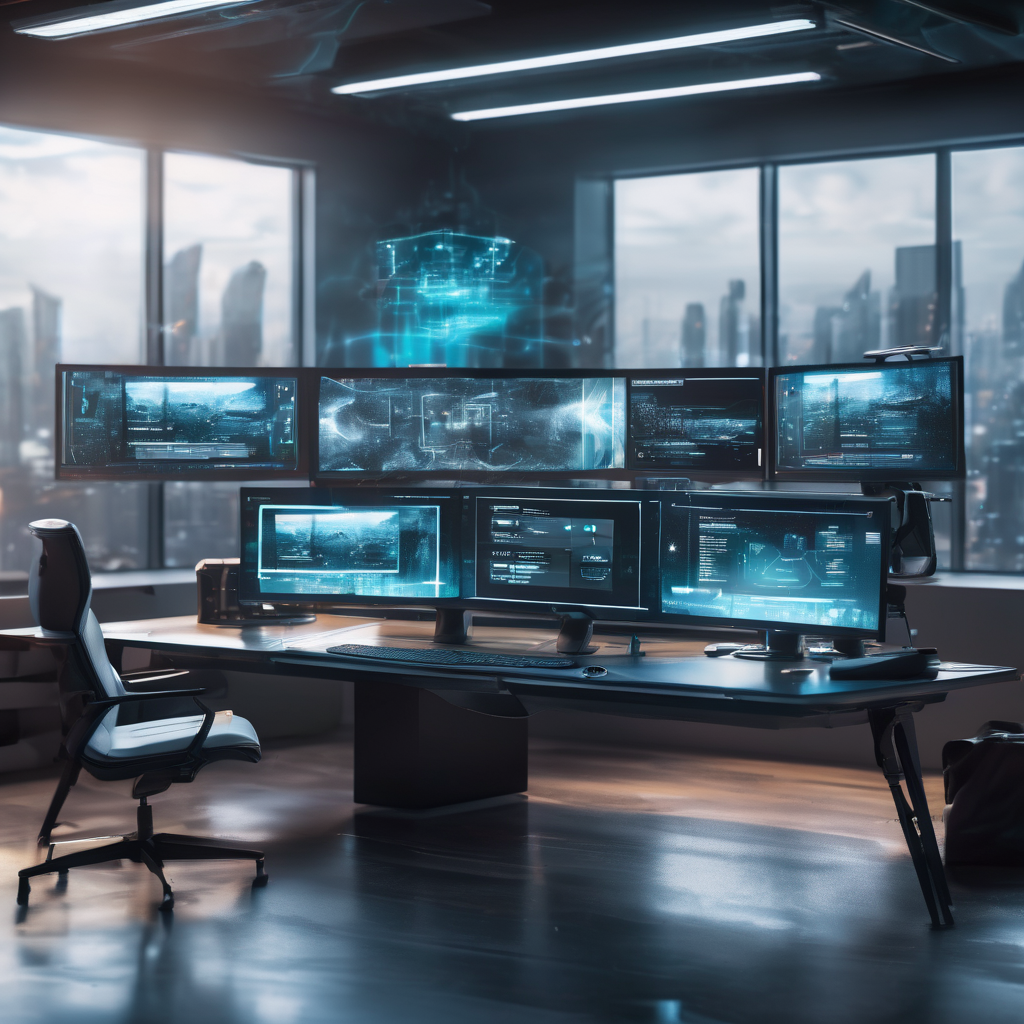
Kuaishou's Kling AI is a groundbreaking video generation tool launched in June 2024 by the Chinese tech company Kuaishou.
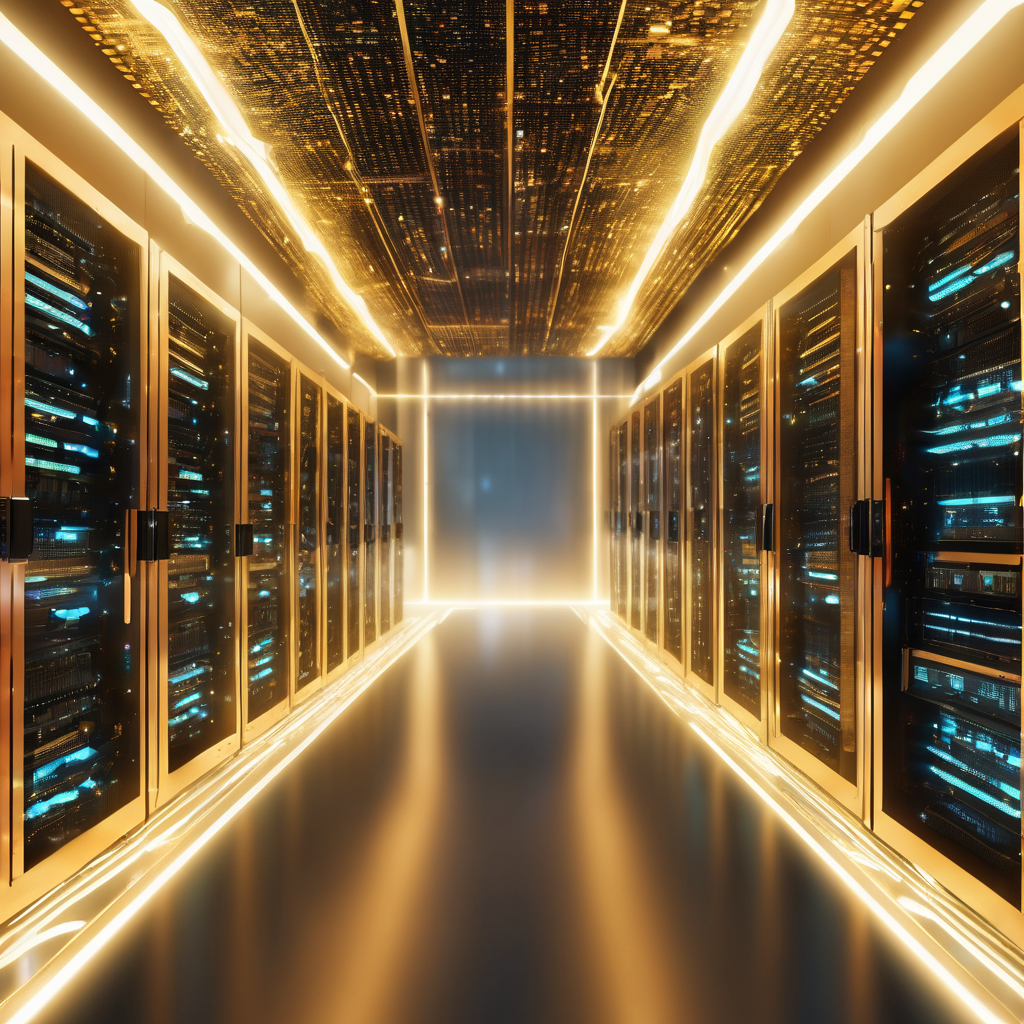
OpenAI has quickly become a key influencer in the stock market, significantly shaping the growth of the artificial intelligence (AI) economy.
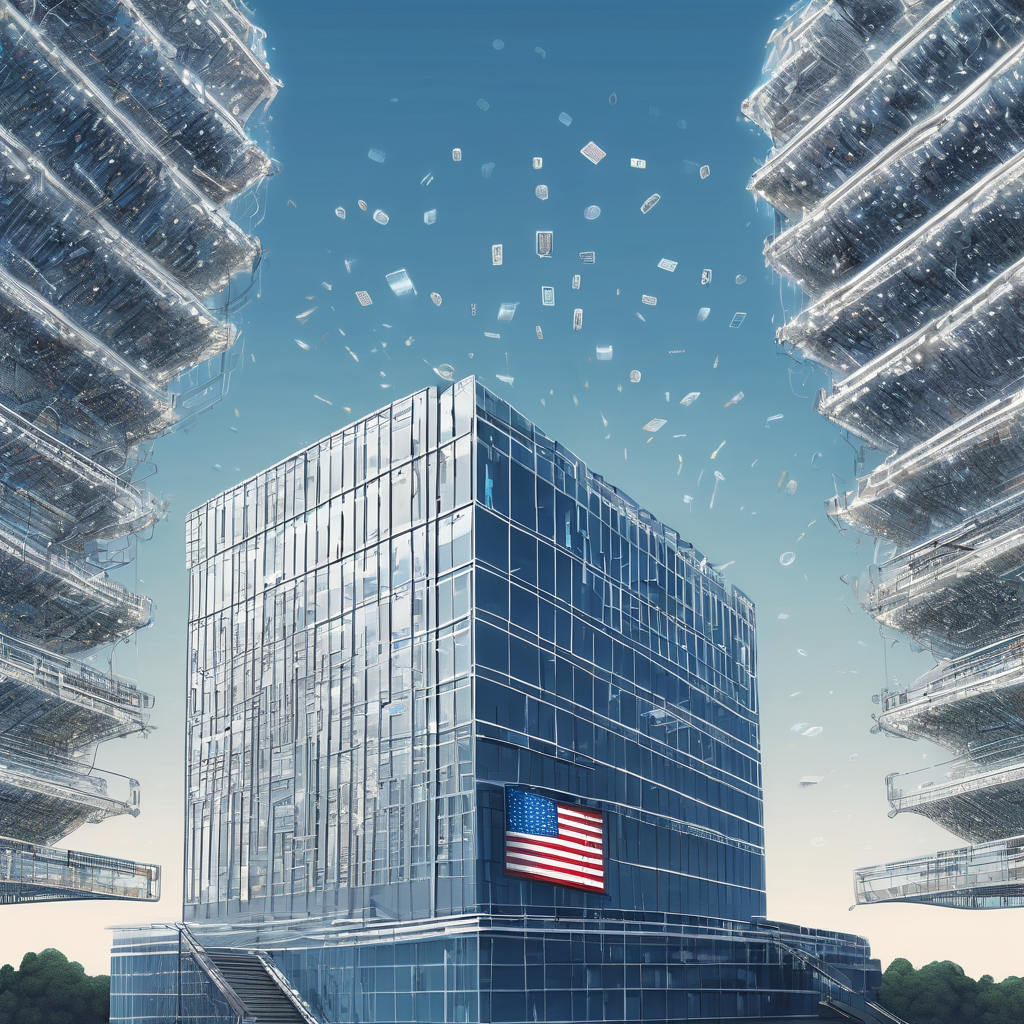
The United States Senate has recently approved the 'GAIN AI' legislation as part of the National Defense Authorization Act (NDAA), which would mandate AI chip manufacturers like Nvidia and AMD to prioritize chip orders from American companies over exports, especially to China and its allies.

Editor’s note: This article is co-authored by Bart Willemsen and Penny Gillespie, VP Analysts at Gartner.
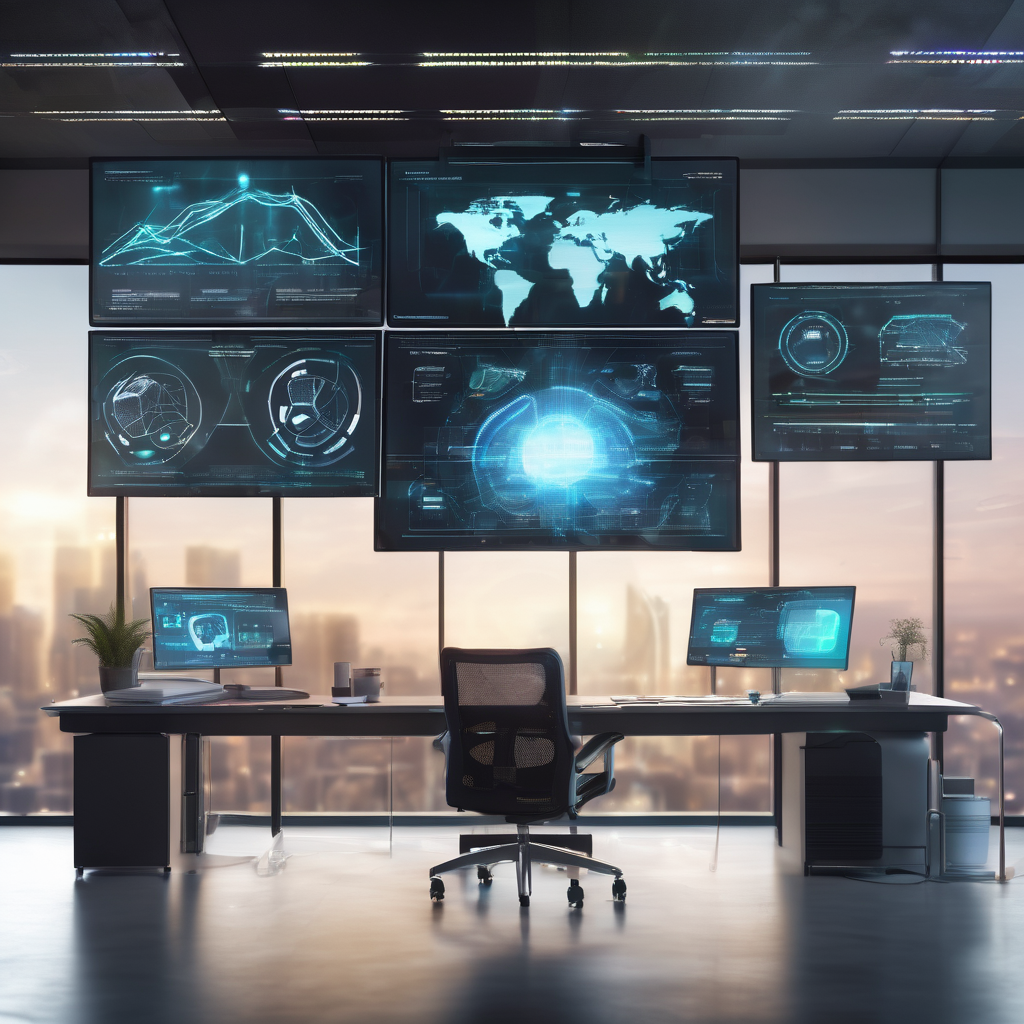
The Microsoft Advertising blog recently published a post about how to optimize content for AI Search Answers.
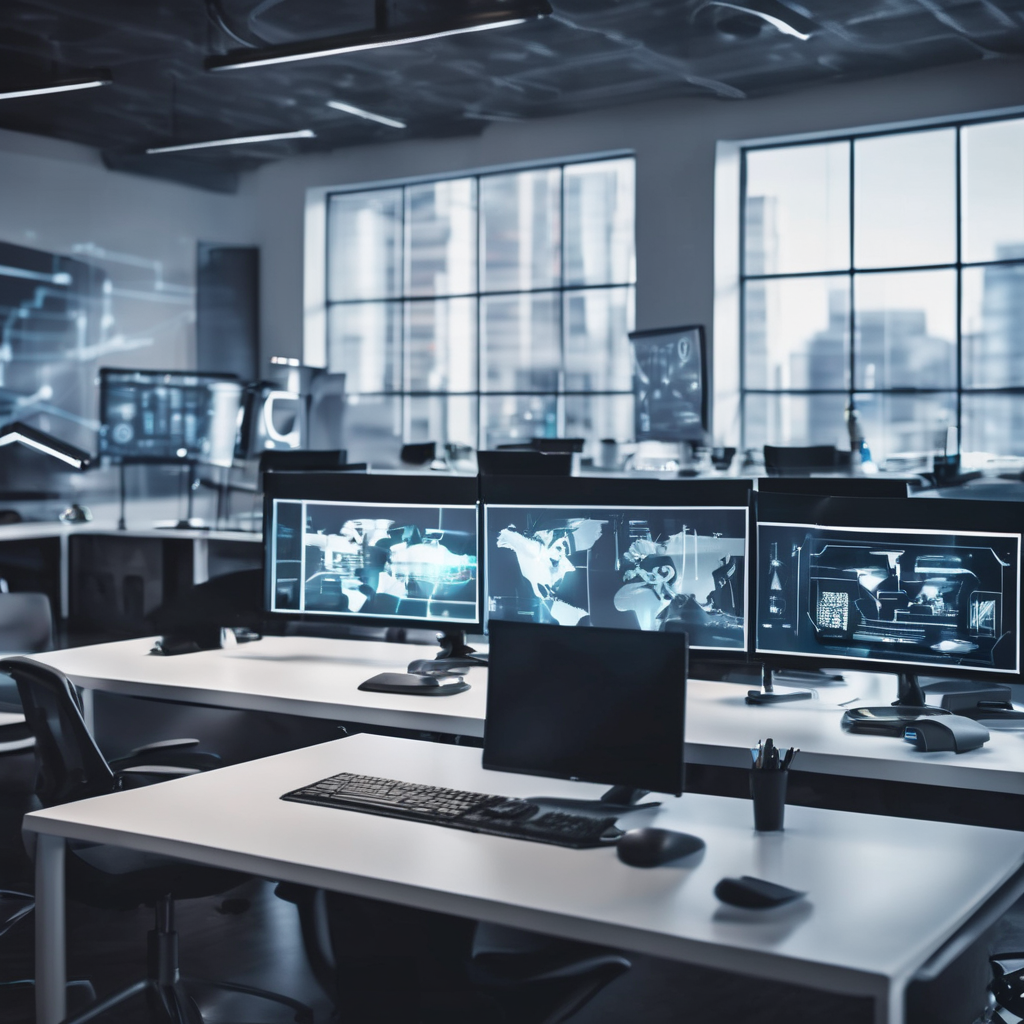
Trupeer is a US-based technology company specializing in advanced artificial intelligence (AI) software that automates the creation of business videos and documentation.

Adobe has introduced a new suite of AI agents tailored specifically for the complex business-to-business (B2B) market, aiming to simplify how companies sell to other organizations.
Automate Marketing, Sales, SMM & SEO

and get clients on autopilot — from social media and search engines. No ads needed
and get clients today